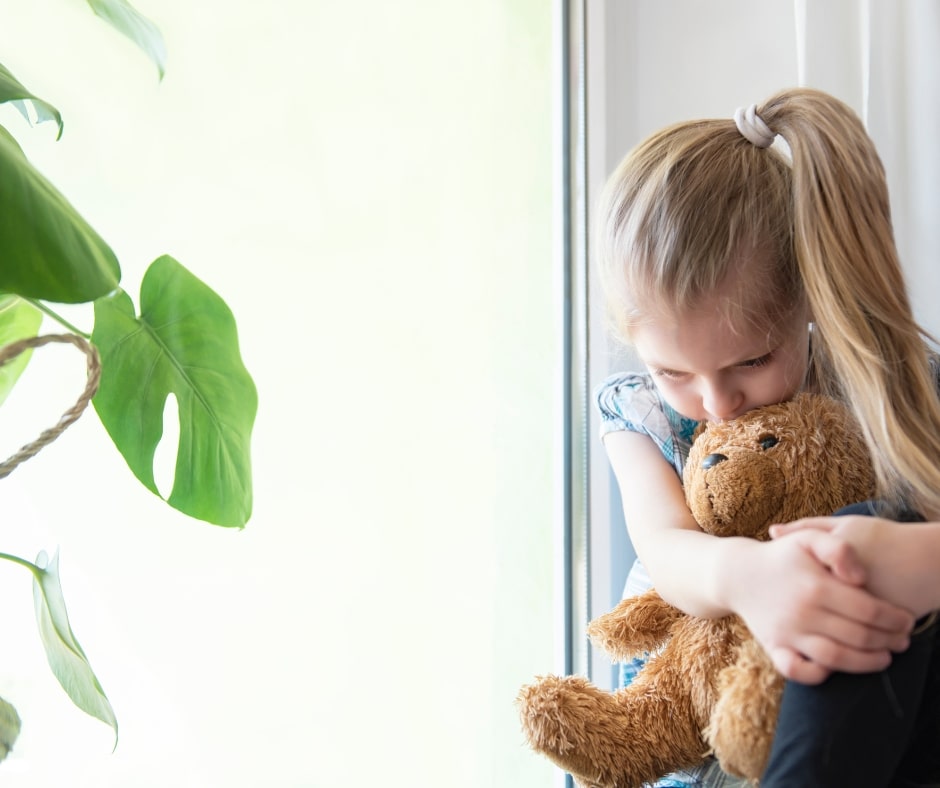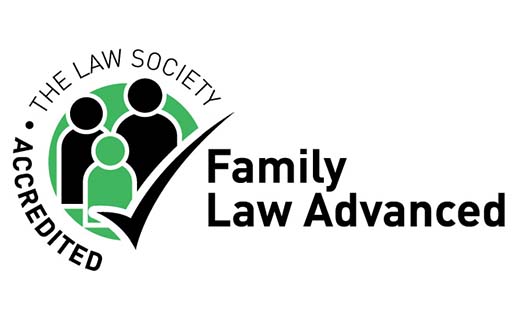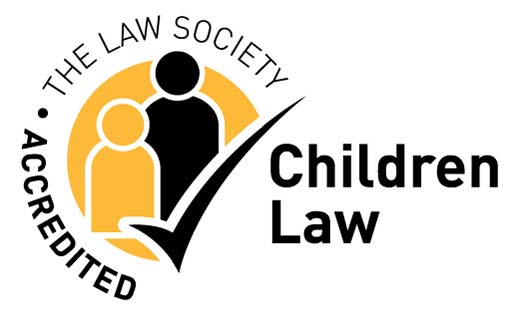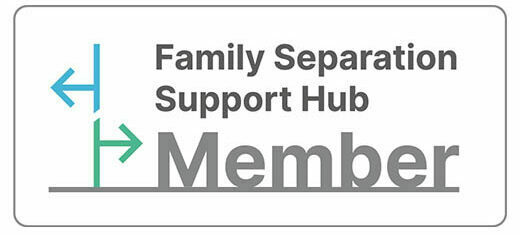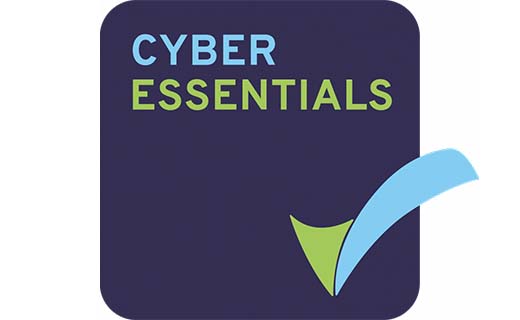In the UK, child neglect is defined as “the persistent failure to meet a child’s basic physical and/or psychological needs, likely to result in the serious impairment of the child’s health or development”.
While it is recognised as falling under the umbrella of child abuse, ‘child neglect’ is not a specific offence in itself – and this makes it difficult to extrapolate the exact number of child neglect cases across the country.
However, according to statistics released in 2021 by the National Society for the Prevention of Cruelty to Children (NSPCC), neglect is the most common form of child abuse.
“In 2020/21 the NSPCC’s helpline responded to a total of 84,914 contacts from people who were concerned about a child’s welfare; 12,833 contacts related to concerns about neglect, making it the second most discussed concern and the most commonly mentioned form of abuse,” the NSPCC said in a statement.
The charity found that while children rarely identify themselves as victims of neglect – likely due to the fact it is difficult for a child to recognise it – there is no shortage of concerned adults speaking out on their behalf. Neglect is the most mentioned form of abuse cited by adults who contact the NSPCC helpline.
With so many young victims relying on the adults in their lives to protect them, it’s important to be able to recognise the signs of child neglect both inside and outside of the home.
The four signs of neglect
Physical signs such as poor appearance and hygiene are common among neglected children. Body odour, dirty clothes or clothing inappropriate for the weather conditions, as well as unwashed hair may mean that the child is not being looked after properly. Neglected children may also show signs of being malnourished, either through visible signs of undernourishment such as weight loss and appearing to be gaunt, or by exhibiting signs of continual hunger.
Health and development issues are another possible sign that the child may be neglected. Untreated medical conditions, in addition to injuries and persistent infections are an additional red flag. The children may be skipping regular dentist appointments, or other basic healthcare steps such as check-ups or vaccinations. In some cases they may also not be as developed as their peers when it comes to language ability or social skills.
The environment the child lives in is often the strongest indicator of abuse and neglect. Neglected children may be left on their own for long periods of time in an unsuitable environment – for example in a home without heating, or with hazardous material present. A neglected child may also exhibit signs of parentification – regularly taking on duties of care for their younger siblings.
Neglected children can also exhibit behaviours which suggest they are not receiving adequate attention and support from their caregiver. They may appear withdrawn, isolated, and anxious. Alternatively, they may become aggressive or disruptive, or become clingy towards other people in their lives. They may have a poor school attendance rate, engage in risky activities, and even show signs of self-harming and substance abuse.
The seven types of child neglect
Child neglect can take myriad forms; a child can be physically well looked after but have their educational needs neglected, or vice versa. It is also possible for some forms of neglect to overlap.
The most easily spotted kind of child neglect is physical: the parent or caregiver fails to provide for the child’s physical health, with a lack of adequate food, appropriate clothing and shelter.
Neglected children may not receive medical treatment for physical and mental health issues; this is referred to as medical neglect.
When a parent or caregiver fails to provide attention, affection and guidance to a child, the child is experiencing emotional neglect, which can severely affect their social and emotional well-being and development in later life.
Educational neglect occurs when the child is not receiving an appropriate education; a neglectful parent may allow their child to miss school on a regular basis or fail to provide the educational materials required for the child to participate in education.
A child left unsupervised for long periods of time, or left at risk of harm in dangerous situations, is the victim of supervisory neglect. This can be particularly dangerous when paired with environmental neglect – failure to ensure the child has a clean and safe living space.
When a child is entirely abandoned by the caregiver, with no arrangements for care or supervision, they are the victim of neglectful abandonment.
As is the case with all forms of abuse, an isolated incident may not be indicative of sustained neglect, but if a pattern becomes clear, it is important to seek help on behalf of the child.

